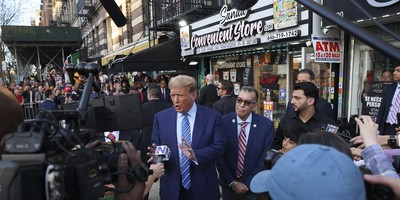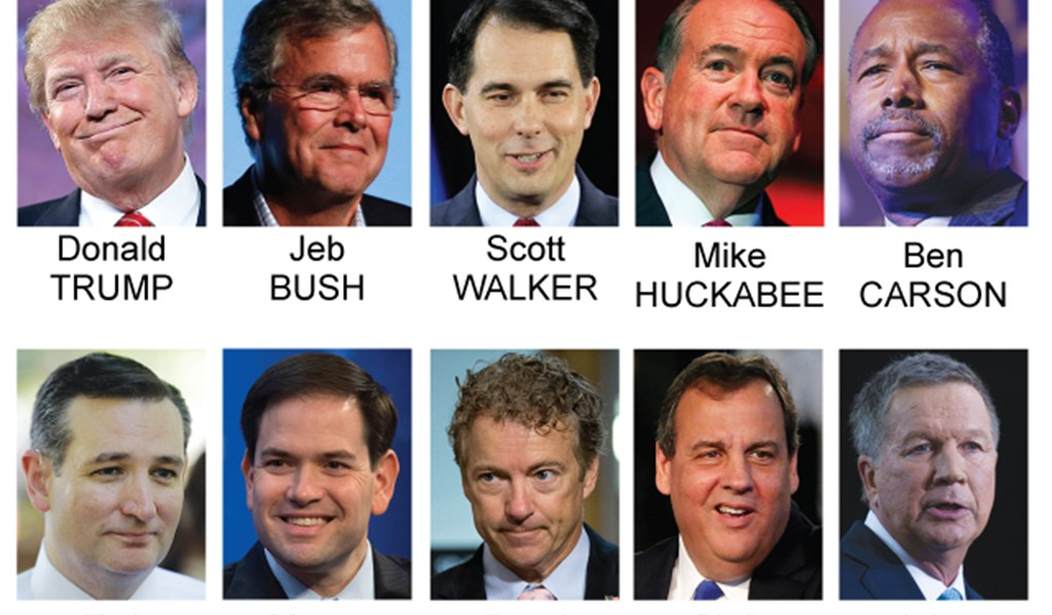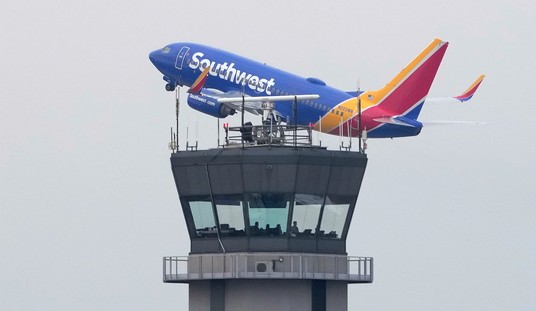There won't be a similar problem for the Democratic debates, with only five declared candidates, three of whom languish at 1 or 2 percent in the polls.
Why do Republicans have so many candidates and Democrats so few? That's directly contrary to the conventional wisdom that Republicans nominate the next guy in line, while Democrats tend to have multi-candidate brawls. Is this new state of affairs just an accident, or the result of something fundamental in the character of the parties?
Once upon a time the conventional wisdom was right: Republicans tended to have binary contests -- just two serious candidates -- while Democrats had multi-candidate races. In 1972, the dawn of the primary-dominated nominating system, Democrats had 16 declared candidates -- the largest field until this cycle's Republicans --while Richard Nixon quickly fended off challenges from congressmen to his left and right.
The next two Republican races quickly became two-president contests: incumbent Gerald Ford and challenger Ronald Reagan in 1976 and, after experienced officeholders Howard Baker and John Connally faded, future incumbents Reagan and George Bush in 1980.
In contrast, Democrats in the 1970s and 1980s had furious contests with a wide variety of candidates -- George McGovern and George Wallace, Hubert Humphrey and Gary Hart, Henry "Scoop" Jackson and Jerry Brown, Edmund Muskie and Michael Dukakis, Al Gore and Jesse Jackson, Morris Udall and Dick Gephardt. The only binary race was in 1980, when Edward Kennedy challenged incumbent Jimmy Carter.
Recommended
Starting in the 1990s, things were different. Democrats had one multi-candidate race, in 1992, but Bill Clinton stood out clearly above all the rest. In 2000 Clinton cleared the field for Gore, and his one opponent, Bill Bradley, dropped out after New Hampshire. The field was a bit more clouded in 2004, when Howard Dean kept running after an initial collapse, but otherwise it was John Kerry versus (have you forgotten?) John Edwards. And of course 2008 was Hillary Clinton versus Barack Obama, as binary as any cycle in our time.
It is Republicans who have had more varied fields over the past few decades: George Bush and Bob Dole, but also religious conservative Pat Robertson and free-marketer Jack Kemp in 1988; war veteran Bob Dole and isolationist Pat Buchanan plus Lamar Alexander and Steve Forbes in 1996. The 2000 race turned binary fairly quickly, between George W. Bush and John McCain. But primaries in 2008 and 2012 didn't, with McCain, Mitt Romney and Mike Huckabee slugging it out in 2008 and Romney, Newt Gingrich and Rick Santorum doing so in 2012.
What accounts for the number and variety of Republican candidates? A look at the 2016 field suggests the answer. These candidates have won elections in Arkansas, Florida, Kentucky, Louisiana, New Jersey, New York, Ohio, Pennsylvania, South Carolina, Texas, Virginia and Wisconsin -- 12 states with 206 electoral votes. They include presidential campaign target states with 90 electoral votes as well as safe Republican states with 69 and safe Democratic states with 47.
Republicans, with their voters spread relatively evenly over most of the country and with the negative reaction to policies of the Obama Democrats, have been generating a large critical mass of officeholders and plausible presidential candidates.
The 2016 Democratic field, in contrast, comes from the base, winning elections in Maryland, New York, Rhode Island, Vermont and Virginia. These states have just 59 electoral votes (if Joe Biden runs, add Delaware's 3) and, except for target-state Virginia, are heavily Democratic (62 to 67 percent Obama in 2012).
This reflects the fact that in the Obama years Democrats have had trouble winning elections beyond their geographically clustered bases in central cities, sympathetic suburbs and university towns. Politicians elected in such constituencies, vulnerable only to primary challenges, tend to compile records too far left to make them viable national candidates.
A long generation ago, Democrats were carrying many different areas and generating plenty -- maybe more than plenty -- presidential candidates. Now it's Republicans who are generating more contenders than can fit on one stage.
























Join the conversation as a VIP Member